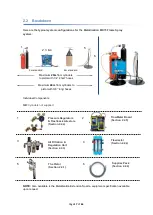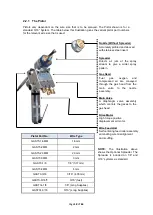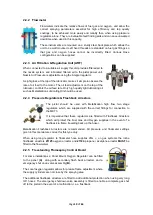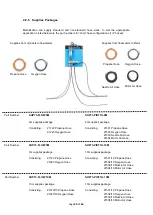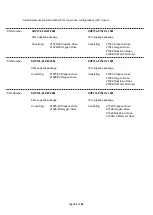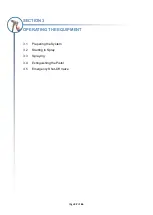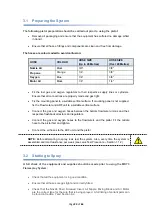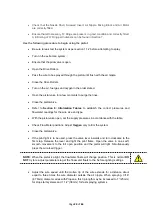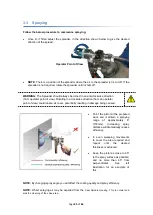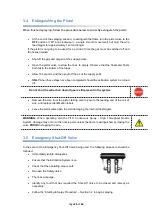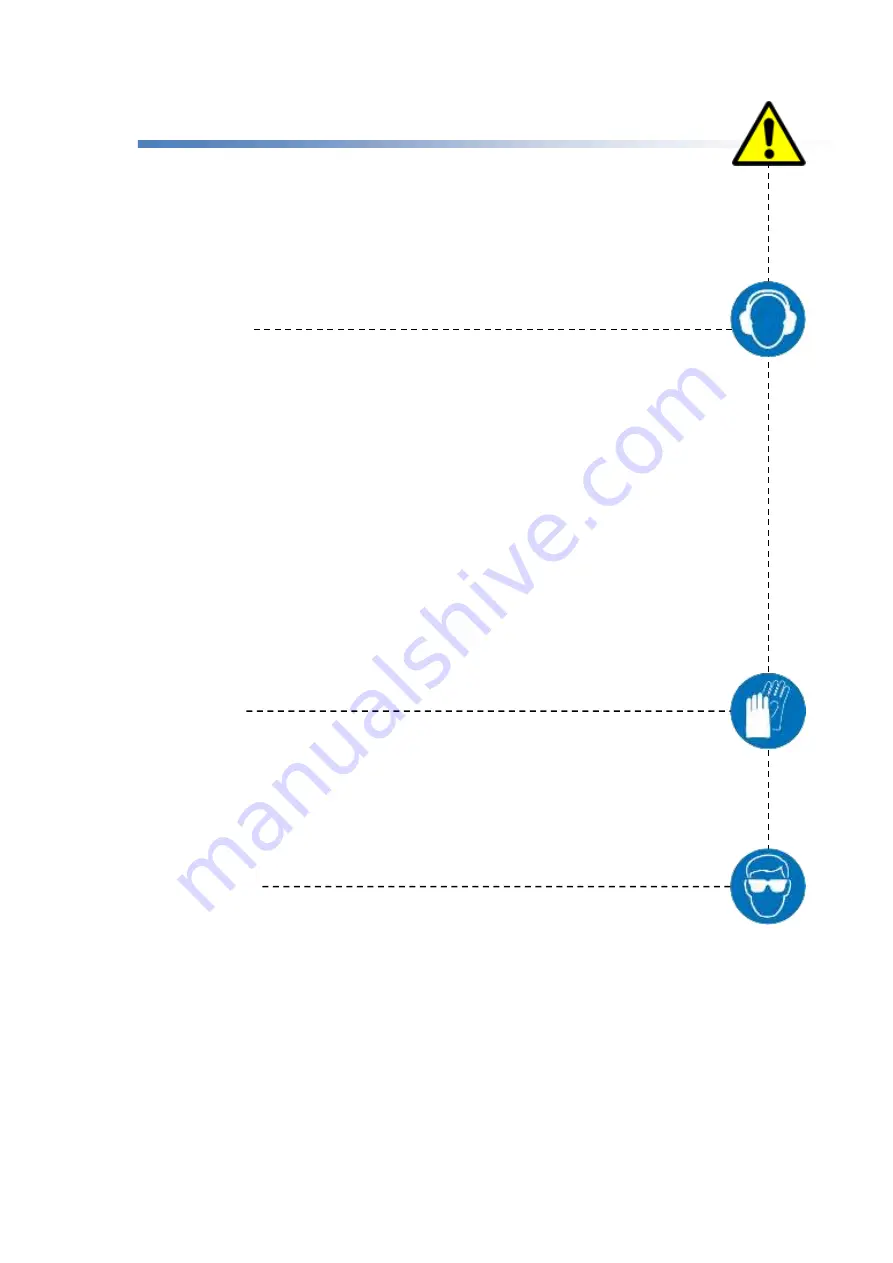
Page
11
of
64
1.3 Key Hazards
In this section the key hazards associated with Thermal Spraying are described. It
includes a brief description of the hazards and their possible consequences. In
any Risk Assessment for a Thermal Spray Process, a consideration of all relevant
hazards will need to be included. Ancillary activities that are likely to be undertaken,
such as grinding, grit blasting, solvent cleaning, machining etc., are not included
in this section.
1.3.1 Noise
The two main factors that make noise in the workplace harmful are the loudness of the noise
and the length of time a person is exposed to it each day. Noise destroys the delicate nerve
cells in the inner ear that transmit sound messages to the brain. The nerve cells are replaced
by scar tissue that does not respond to sound. This damage occurs painlessly and very slowly,
but is permanent. There is currently no cure for noise-induced hearing loss, It is permanent
and cannot be helped by hearing aids. All spraying processes are noisy and may generate
noise levels in excess of the first action level. Users of thermal spray equipment are
responsible for conducting their own noise assessments, which must be based on the
exposure of the persons in the workplace, and of which a noise survey is only part.
Key Hazards
: Stress, difficulty in communication, long term hearing loss, Tinnitus
NEVER
operate the system without adequate hearing protection.
ALWAYS
ensure that
ALL
personnel likely to be exposed are adequately protected, including
those not directly involved in the process.
1.3.2 Flame
The flame spray process produces a flame that presents a burn risk. Also, the work
pieces will get hot, particularly when higher melting point materials have been sprayed.
Key Hazards
: Burns
1.3.3 Particles
Always wear eye protectors when operating, or watching the flame spray operation.
Inspect the eye protectors frequently. Lenses and over plates, which are scratched, pitted or
damaged, can impair vision and seriously reduce protection
.
All personnel in eye hazard areas
should wear protective eyewear. This includes employees, visitors, researchers, contractors,
or others passing through an identified eye hazard area. To provide protection for these
personnel, a sufficient quantity of goggles and/or plastic eye protectors should be available. If
personnel wear personal glasses, eye protectors suitable to wear over them should be
provided.
Key Hazards:
Particles in eye
Summary of Contents for MK 73
Page 1: ...Page 1 of 64 ssue 21 11 11 ...
Page 43: ...Page 43 of 64 SECTION 5 FAULT FINDING 5 1 Troubleshooting 5 1 2 Flowmeter Troubleshooting ...
Page 58: ...Page 58 of 64 SECTION 8 INFORMATION TABLES 8 1 Flowmeter Settings 8 2 Nozzle Selection Chart ...
Page 61: ...Page 61 of 64 Notes ...
Page 62: ...Page 62 of 64 ...
Page 63: ...Page 63 of 64 ...

















